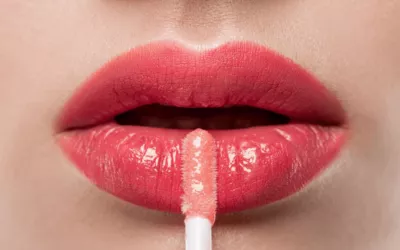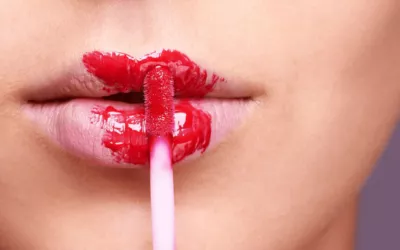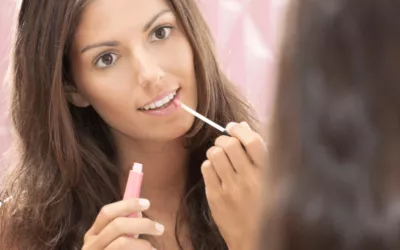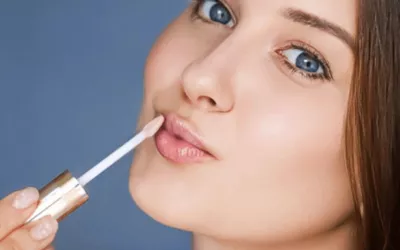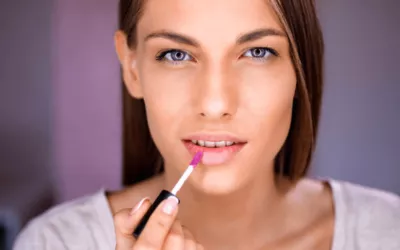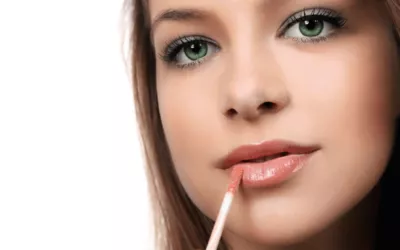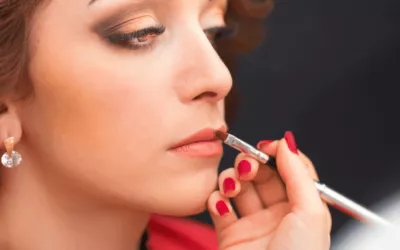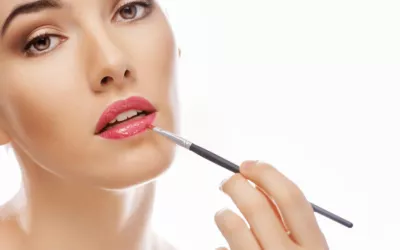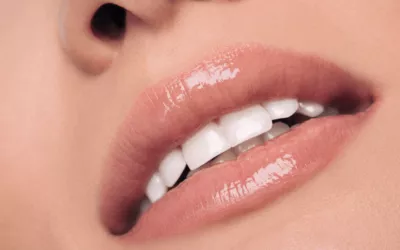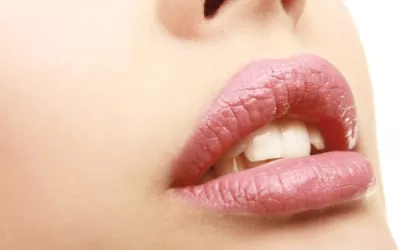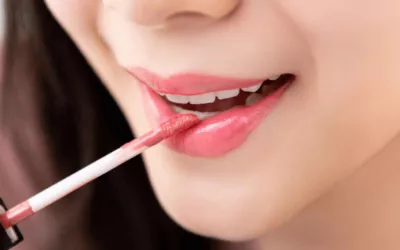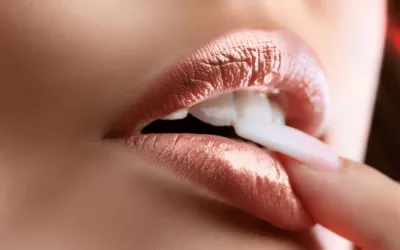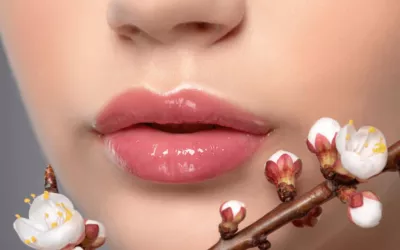Lip gloss is a makeup staple that adds a touch of shine and allure to our lips, but have you ever wondered what goes into creating this lustrous product?
In this comprehensive guide, we dive deep into the world of lip gloss, exploring its ingredients, formulations, manufacturing process, and the science behind its glossy finish.
From natural extracts to synthetic compounds, get ready to unravel the secrets of what lip gloss is made out of and discover the science of achieving those captivating, glossy lips.
Ingredients Demystified: The Lip Gloss Recipe
At its core, lip gloss is composed of a combination of ingredients that work together to create its distinctive texture and shine. These ingredients can include various types of waxes, oils, emollients, thickeners, and pigments.
The exact formulation can vary between different brands and types of lip gloss, but the common goal is to provide a glossy, moisturizing, and visually appealing product.
Waxes: The Backbone of Lip Gloss
Waxes play a crucial role in giving lip gloss its characteristic texture and ability to adhere to the lips.
Common waxes used in lip gloss formulations include beeswax, candelilla wax, and carnauba wax. These waxes create a protective barrier on the lips, helping to lock in moisture and maintain the glossy finish.
Oils and Emollients: Nourishing Hydration
To achieve the moisturizing effect of lip gloss, various oils and emollients are used in the formulation. These ingredients, such as castor oil, jojoba oil, coconut oil, and shea butter, provide nourishment and hydration to the lips.
They also contribute to the glossy appearance by reflecting light, giving your lips that coveted lustrous shine.
Thickeners: Achieving the Right Consistency
Thickeners are incorporated into lip gloss formulations to achieve the desired consistency and texture. They prevent the product from being too runny while ensuring that it spreads smoothly and evenly on the lips.
Ingredients like hydrogenated polyisobutene and synthetic polymers help create the perfect balance between a comfortable glide and long-lasting wear.
Pigments and Colorants: Adding a Pop of Color
For tinted or colored lip glosses, pigments and colorants are introduced to the formulation.
These ingredients provide the product with its distinct hue, allowing you to choose from a range of shades that complement your style.
From natural tones to vibrant hues, the pigments enhance both the appearance and the visual appeal of your lips.
Shine Boosters: Reflecting the Light
The hallmark of lip gloss is its high shine, which is achieved through the use of shine boosters.
These ingredients, often in the form of mica or synthetic pearlescent particles, refract and reflect light, creating a glossy finish that catches the eye.
The interplay of these particles with the oils and waxes gives the lips a multi-dimensional radiance.
Flavors and Scents: A Sensorial Experience
Lip gloss isn’t just about the visual aspect – it’s also a sensory experience. Many lip glosses are infused with flavors and scents that add an extra layer of enjoyment.
Whether it’s a subtle hint of vanilla, a fruity burst, or a refreshing minty aroma, the scents and flavors enhance the overall experience of applying and wearing lip gloss.
Natural vs. Synthetic: The Formulation Choice
As the beauty industry evolves, the choice between natural and synthetic ingredients becomes an important consideration in lip gloss formulation.
Some brands prioritize using natural extracts and organic oils, while others opt for synthetic compounds that offer specific benefits such as longevity and color stability.
The choice between these approaches often aligns with a brand’s philosophy and the preferences of its consumers.
Manufacturing Process: Crafting the Glossy Gem
Creating lip gloss involves a precise manufacturing process that ensures the ingredients are combined in the right proportions and under controlled conditions. The ingredients are melted, mixed, and emulsified to create a homogeneous blend.
The resulting mixture is then poured into containers, cooled, and sealed. Quality control measures are taken to ensure consistency in texture, color, and performance.
The Glossy Finish: More Than Skin Deep
The magic of lip gloss goes beyond its external appearance. While the ingredients work harmoniously to create a glossy finish, they also provide essential benefits to your lips.
The nourishing oils and emollients help moisturize and soften your lips, preventing them from drying out and maintaining their natural suppleness.


